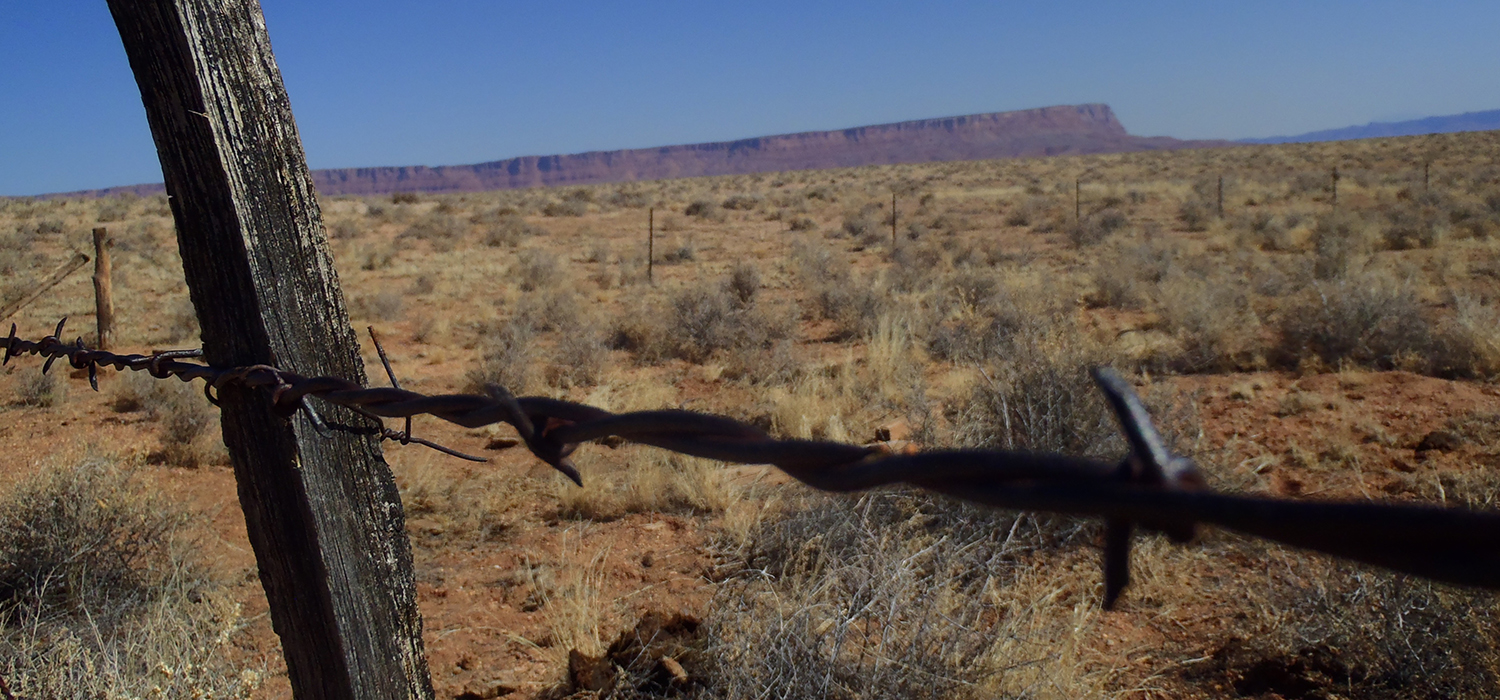Topping out at 55 miles per hour, pronghorn are some of the fastest animals in the world. Yet despite their powerful, lean legs, they can’t jump. Fences stop them in their tracks — a serious problem in a landscape crisscrossed with barbed wire cattle fences. Rather than hop over fences, pronghorn will try to squeeze underneath. But wires are typically strung too low, and the barbs scrape pronghorns’ backs, leaving them susceptible to infection, disease, or death.
Volunteers work in House Rock Valley, north of the Grand Canyon, to replace the bottom wires of fencing with smooth ones, raised 18 inches off the ground — enough space for pronghorn and small animals to pass underneath.
Since 2006, Trust volunteers have helped make more than 25 miles of livestock fences passable for pronghorn. With work gloves and fencing pliers, volunteers systematically replace and raise the bottom strand of wire. It's slow work — one day, 17 workers, and about 150 person-hours equates to fixing about two-thirds of a mile of fence.

House Rock Valley is a desert grassland with over a century-long history of overgrazing. The Grand Canyon Trust took over livestock grazing permits here in 2005 and has been working with ranchers, federal and state agencies, and volunteers to restore this landscape ever since. We strive to be stewards of the 830,000 acres called the North Rim Ranches, which includes minimizing the impacts of livestock fences on wildlife.
Along with Trust volunteers, the Bureau of Land Management, Arizona Game and Fish, and other stewards in House Rock Valley are lending their time and energy to this fence modification work — a true team effort to help pronghorn roam free in House Rock Valley.
View in fullscreen (suggested for mobile)




We have more miles of barbed wire fence to replace in House Rock Valley north of the Grand Canyon. Volunteer with us ›
Pronghorn and barbed wire fences don't mix, but volunteers are working to change that, one wire at a time.
Read MoreNorth of the Grand Canyon, barbed wire fences stop North America's fastest land animal in its tracks. We're changing that.
Read MoreNAU students help make fences in the House Rock Valley pronghorn-friendly.
Read More